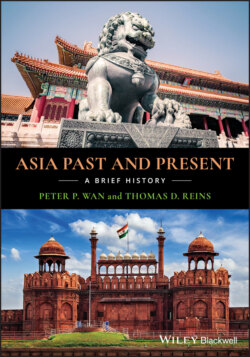Читать книгу Asia Past and Present - Peter P. Wan - Страница 29
Introduction to the Study of Chinese History
ОглавлениеChina has attracted the attention of the West for many centuries. Its vast territory, large population, and long history are impossible to ignore. The Italian merchant‐adventurer Marco Polo (ca. 1254–1324) purportedly visited China and returned home to tell his story. He was among the first to stir the West’s imagination about the wealth and power of that distant civilization.
Until very recently, only a handful of Western missionaries, merchants, and scholars have taken a serious interest in China. But times have changed. Globalization has shrunk the world, and China’s rapid rise has made it a major player in world affairs. Consequently, the study of Chinese history has taken on a new relevancy, urgency, and intensity. It has become an essential part of any person’s education.
China is unique in that it has the oldest continuing civilization in today’s world. The ancient civilizations of Egypt, Mesopotamia, and the Indian Subcontinent all had their day of glory, but then each was superseded by other civilizations long before modern times. The Chinese civilization, however, has gone through repeated cycles of rise and fall and rise yet again. It resembles the legendary phoenix that would burn and rise again from its own ashes.
The study of China’s history is made easier by its rich store of historical information. The Chinese have had a deep reverence for history throughout the ages. They see history as a guide to current action, and believe that the lessons of history can point an individual or a nation in the right direction to avoid repeating past mistakes and move smoothly forward into the future. Thanks to this tradition, China has preserved more comprehensive records of its past than any other civilization.
